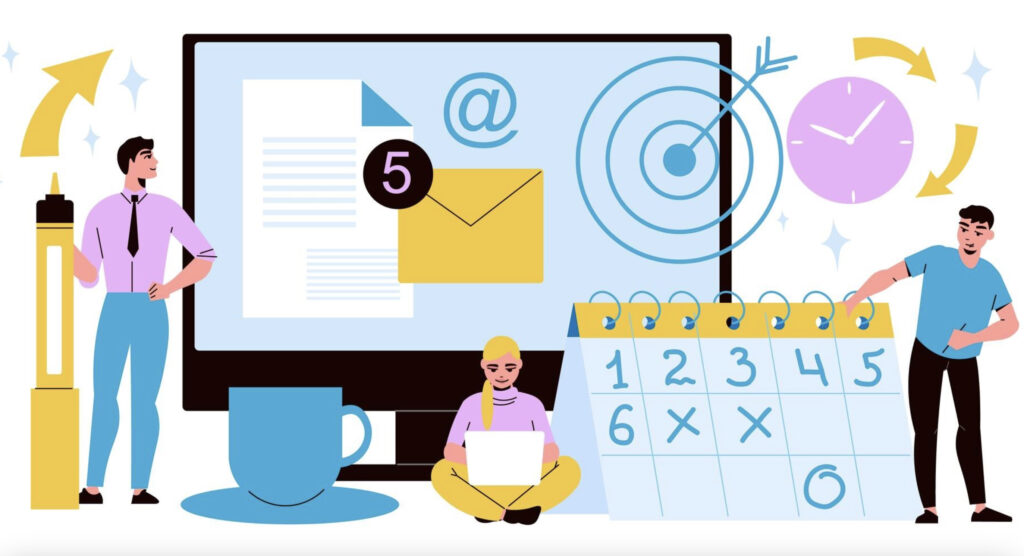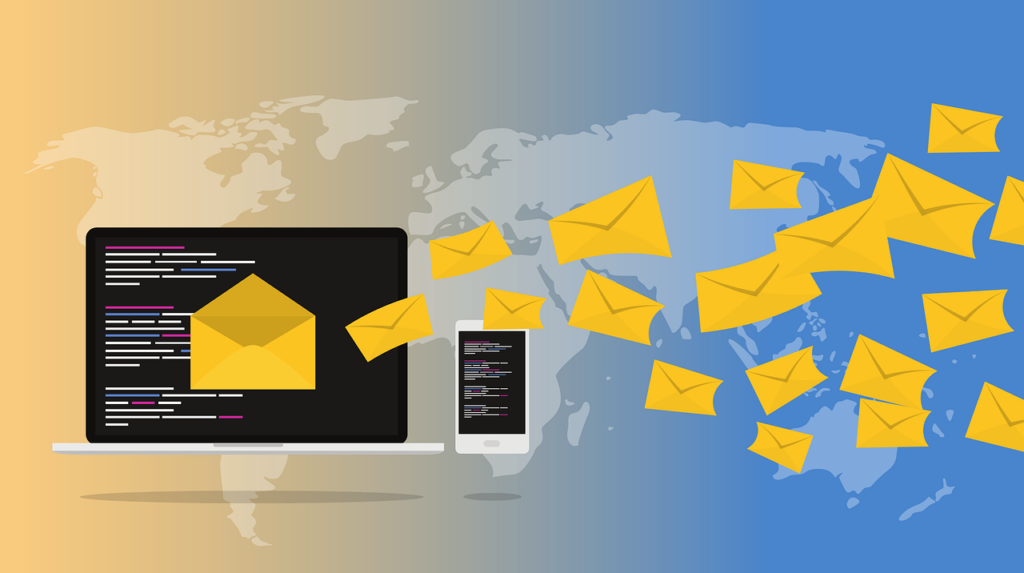Email marketing timing is a crucial factor that often makes the difference between a successful campaign and one that’s easily overlooked. Understanding when to send your emails can significantly boost open rates, engagement, and overall campaign effectiveness. This article will explore the science behind email marketing timing, how to choose the right time for your audience, and how to optimize your campaigns for better results.
The Science Behind Email Marketing Timing
The importance of email marketing timing stems from the simple fact that not all email recipients are equally likely to open your emails at all hours of the day. Research has shown that timing affects your email’s open rates and click-through rates in substantial ways. For example, emails sent in the morning may have a higher open rate than those sent at night, particularly in certain industries or regions.
Studies suggest that the optimal time to send emails is when your audience is most active, but this varies based on several factors, such as time zone, the type of email, and even industry-specific habits. Understanding the science behind these patterns is crucial, and it involves analyzing user behavior, demographics, and even considering mobile device usage. Email marketing timing isn’t just about sending emails at a random time—it’s about sending them at a time when your audience is ready to engage.
Best Times to Send Emails Based on Industry
While the timing of your email campaigns depends on your target audience, the industry you’re in also plays a role in determining the best send times. Different sectors have different optimal windows for sending emails, influenced by when their recipients are most likely to engage.
For instance:
- Ecommerce: Retailers often see the highest engagement rates when emails are sent between 10 a.m. and 2 p.m. during weekdays. This timeframe aligns with the hours when potential customers are actively browsing.
- B2B and SaaS: Emails sent during business hours, particularly between 8 a.m. and noon on weekdays, tend to get the best results. Professionals are more likely to check emails in the morning when they start their day.
- Newsletters: A broader range of recipients reads newsletters at various times, but mid-morning or early afternoon tends to be the sweet spot for these types of emails.
Understanding email marketing timing for your specific industry can allow you to refine your approach. It’s not enough to just send an email; you need to send it when your recipients are most likely to engage.
Factors That Influence Email Timing
Several factors influence the success of your email marketing timing strategy, including:
- Target Audience Demographics: Where is your audience located? If you’re targeting customers in different time zones, you’ll need to adjust your send times to match when your audience is most likely to be awake and engaged. For example, sending an email to someone in Europe at 9 a.m. may be ideal, while a 9 a.m. send time in North America may not reach them at the right moment.
- Type of Email: The content and purpose of the email also influence the best time to send. For example, transactional emails (like order confirmations) should be sent immediately after the action is taken, while promotional emails are better sent during peak shopping times.
- Customer Behavior: Customer interaction history provides valuable insights into email timing. If your audience tends to open emails more frequently in the evenings, that might be the right time to schedule your campaign.
Knowing these factors allows you to optimize email marketing timing and increase the likelihood of a successful campaign.
Testing and Optimizing Your Email Marketing Timing
Even with all the research available, the best way to find the ideal email marketing timing for your business is to test. A/B testing is one of the most effective methods for identifying the right send time. By splitting your audience into two groups and sending the same email at different times, you can compare results and determine which time slot drives the most engagement.
Additionally, using analytics tools allows you to track open rates, click-through rates, and conversion rates. Over time, these metrics will help you adjust and refine your strategy, ensuring your emails are sent at the optimal time.
Email Timing for Mobile Users
In today’s mobile-driven world, it’s essential to consider how email marketing timing impacts mobile users. With mobile email usage increasing rapidly, many people check their emails first thing in the morning or while commuting. For your email marketing timing strategy to be successful, it’s important to account for this shift.
Emails that are sent at times when mobile users are most likely to open them (such as early in the morning or during lunch breaks) can experience higher open rates. Additionally, optimizing your emails for mobile devices (with responsive design) ensures that they are easy to read and engage with, regardless of when they’re opened.
Conclusion
In conclusion, the timing of your emails is one of the most important aspects of a successful email marketing campaign. Understanding email marketing timing—from when your audience is most active to tailoring your send times for industry trends—can make a huge difference in your results. By consistently testing, optimizing, and analyzing data, you can refine your strategy to ensure your emails are reaching your audience at the perfect moment. Experiment with different timings and monitor how these adjustments impact your open and engagement rates. The right timing can significantly boost your email marketing success.


